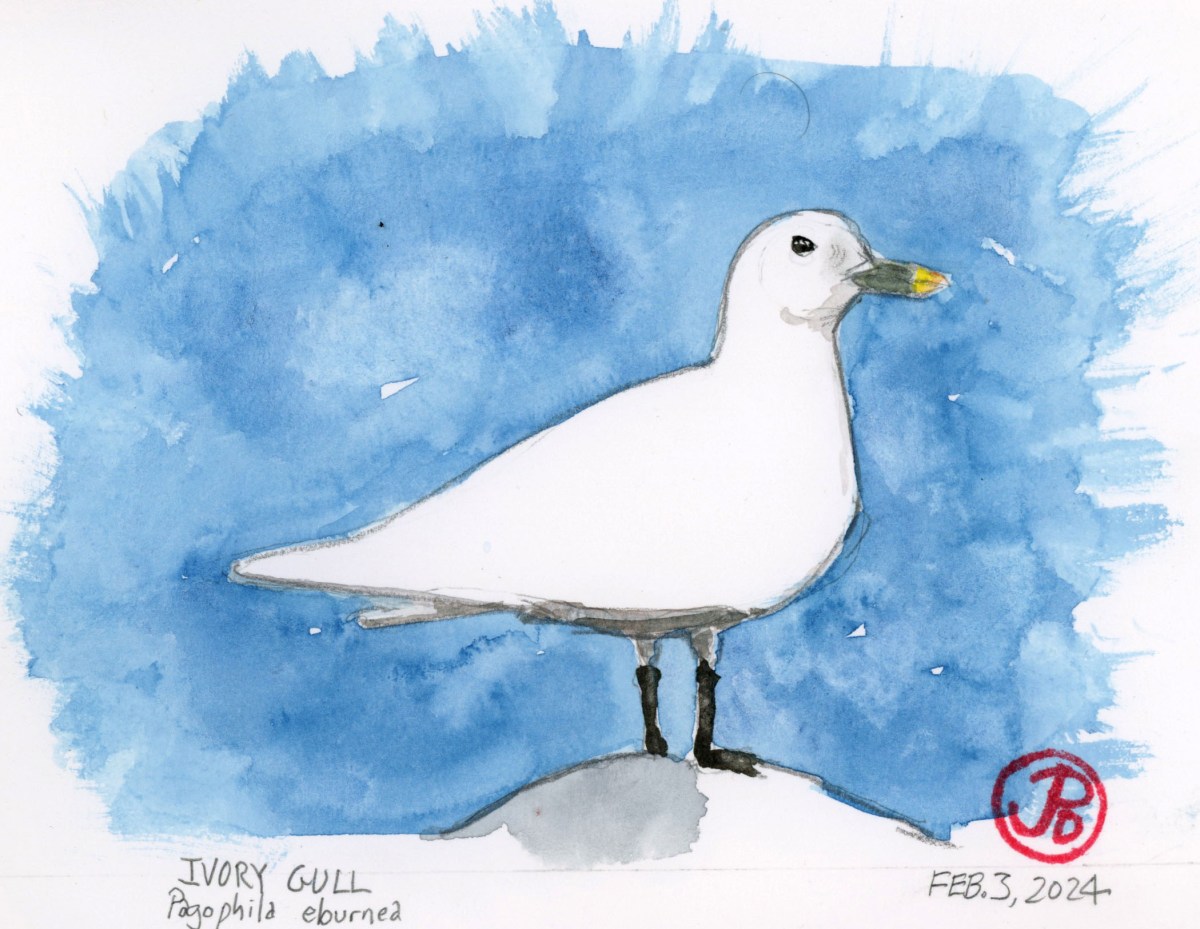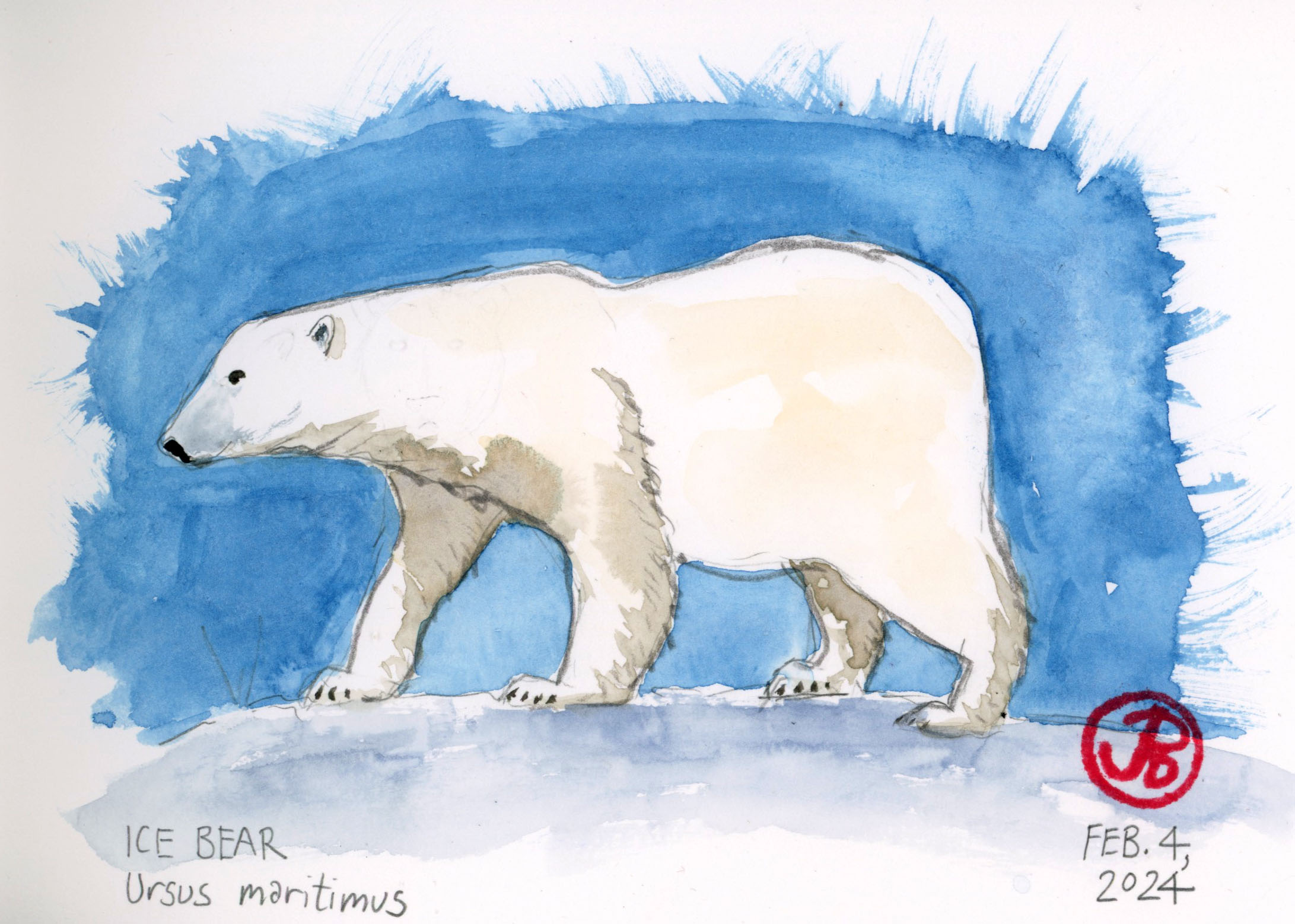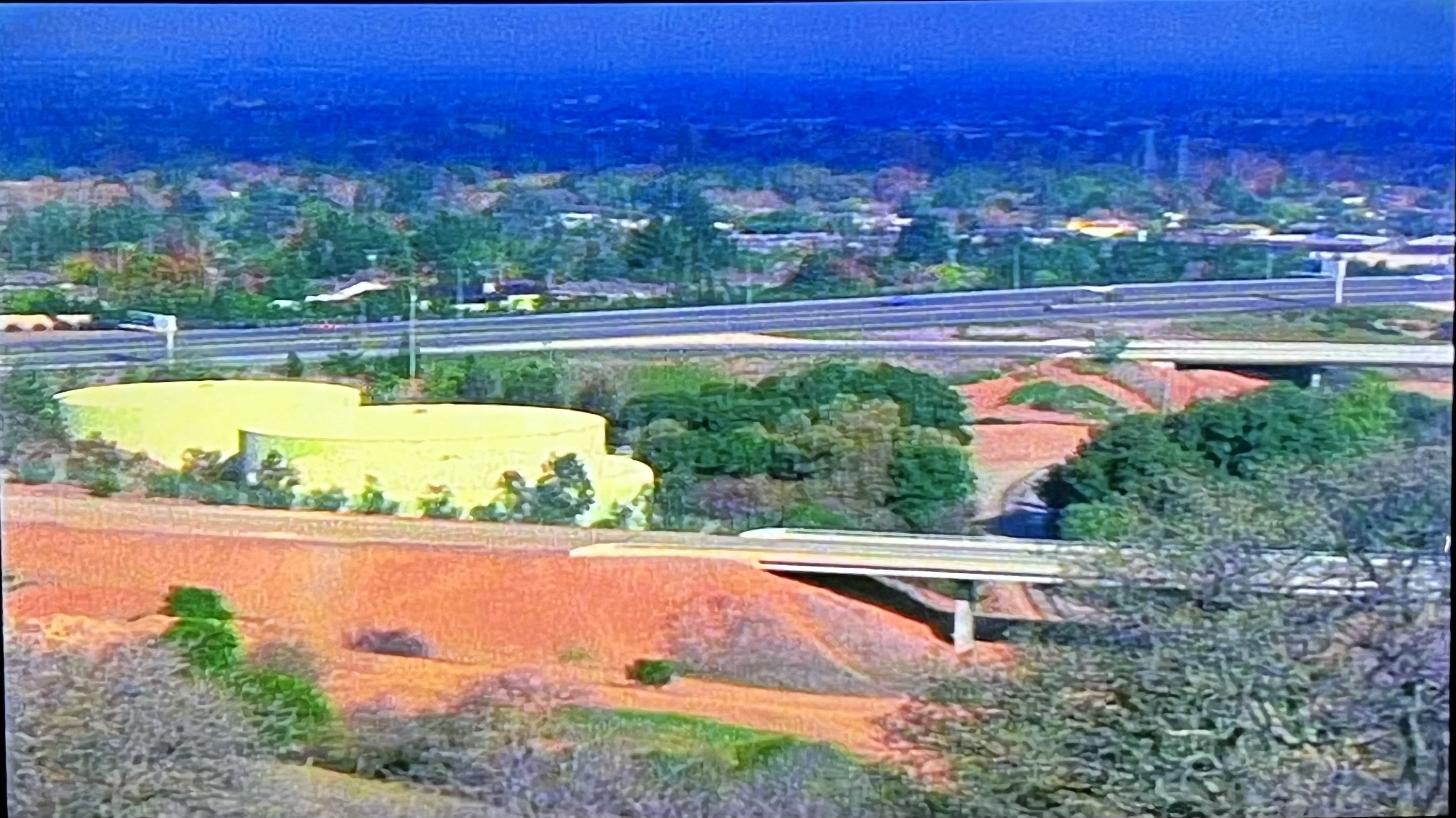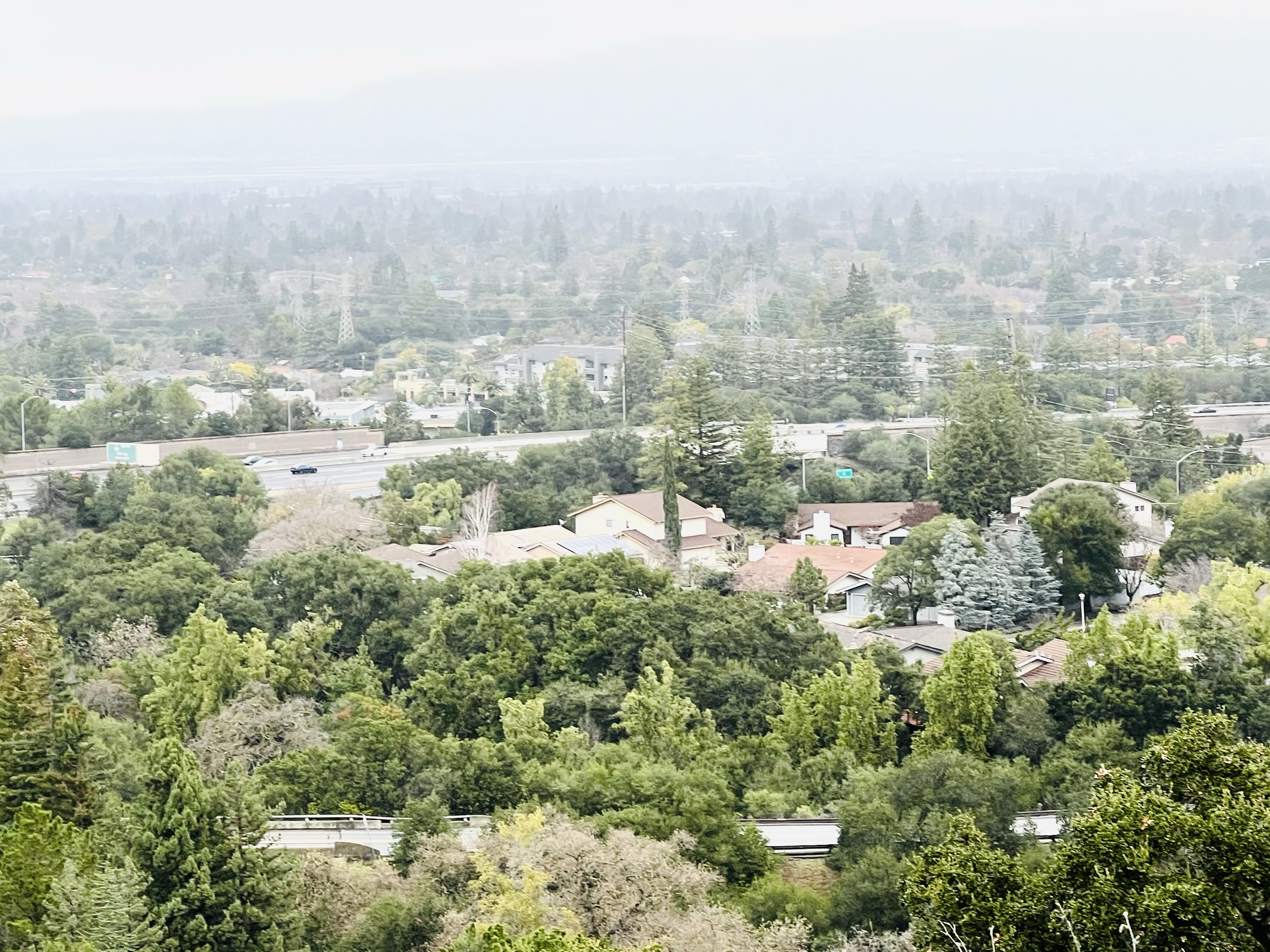This is a post about my pillow (not to be confused with My Pillow). In fact this is not really a pillow but a pillow case. Well it’s not just a pillow case but also a stuff sack.
Why a post about such a mundane piece of fabric?
Well I hoped it would be the key to helping me pack light and stay warm in the Polar summer.
One of the keys to packing light and one-bag travel is to pack gear that serves more than one use.
In this case my 10 by 14 inch pillow case will double as a stuff sack/ packing cube for my Patagonia down jacket.
I’ve never liked my travel neck pillow that I have used on longer flights. One of the reasons is that you haul it around but you can only use it a few times because it is not a transformer. This neck pillow is just a neck pillow, and is be big and bulky.
The Elan Quest Stuffable Camping Pillow-Stuff Sack can be used as a pillow on flights and then the stuffing can be pulled out and worn to give me a warm layer in the Arctic Circle. The empty pillow case-stuff sack can be easy rolled up and stowed in my pack.
I tested the Elan Quest by stuffing my Patagonia down jacket into the case. It helps that the jacket stuffs into its own pocket so I had no issues fitting it into the pillow case.
The pillow case is two sided, one side is an a bright yellow nylon and the reverse side is a comfy gray fleece.
I look forward to using this pillow/stuff sack this summer!
















